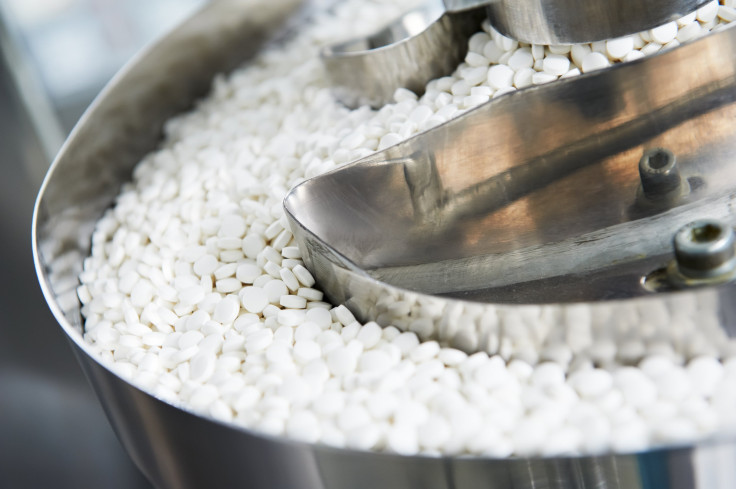Has ADHD Drug Marketing Given Rise To An Overdiagnosis Epidemic?

The drastic rise in the number of children being diagnosed with attention deficit hyperactivity disorder (ADHD) in parallel with widespread pharmaceutical marketing campaigns for the disorder and its respective medications have given many doctors and parents pause.
While doctors and advocates have fought for many years to legitimize ADHD as a real disorder — rather than, say, a character flaw — the Centers for Disease Control and Prevention (CDC) finds that 15 percent of high-school-aged children have been diagnosed, while the number of children being medicated has jumped from 600,000 in 1990 to 3.5 million today.
“The numbers make it look like an epidemic. Well, it’s not. It’s preposterous,” Keith Conners, a psychologist and professor emeritus at Duke University, recently told the New York Times. “This is a concoction to justify the giving out of medication at unprecedented and unjustifiable levels.”
Last March, physicians wrote an ethics paper that pointed out the dangers of the increasingly common practice of prescribing so-called neuroenhancers for the sake of optimizing cognitive function in healthy children and teens.
"A physician should be sticking to the basic principles that define our profession,” William Graf, an author of the paper and psychologist at Yale University, explained to MedWire News. “And yet the numbers are enormous [in terms] of doctor visits for ADHD, diagnoses being made, prescriptions being prescribed, and the amount of drug being produced, manufactured, and consumed."
According to Graf, 4.2 tons of methylphenidate were manufactured in the U.S. in 1992, or 139 million defined daily doses. Over the next 20 years, production increased by 10-fold with 51 tons of the active ingredient to treat ADHD being produced in 2012, which equates to 1.5 billion defined daily doses.
The diagnosis and treatment of ADHD during this 20-year stretch also happens to overlap with the effort that pharmaceutical companies have put into publicizing the syndrome and marketing their treatment to doctors, educators and parents, the New York Times reported. According to an analysis of CDC data conducted by the publication, ADHD is second to asthma in terms of the most frequent long-term diagnosis made in children.
A study in Health Affairs confirmed that the U.S. “is by far the world’s largest consumer of ADHD medications,” with advertising being a large factor underlying this trend. While the study noted that the increase in stimulant medication use in children has slowed, there is still widespread concern about rampant overdiagnosis of ADHD that is leading to medication overuse as well as abuse.
While the extent of ADHD diagnosis and stimulant use has been uniquely American, other countries have begun to display a similar trend over the last decade — some have even shown rates that surpass the U.S., the Health Affairs study found. Countries with the highest incomes have the most ADHD medication use per capita. Even many developing countries have had yearly growth rates in use and spending that exceed 20 percent over the last five years.
Meanwhile, our knowledge about how the drug truly affects its users is still not entirely clear, Graf observed. "What we don't know about the drugs is how they impact mood, rational thoughts, self-perception, and things like that. Those are areas of brain function that nobody has explored," he told MedWireNews. "But through an institution and medicine, you're allowing for non-medical use. So the standards of safety need to be much higher."



























